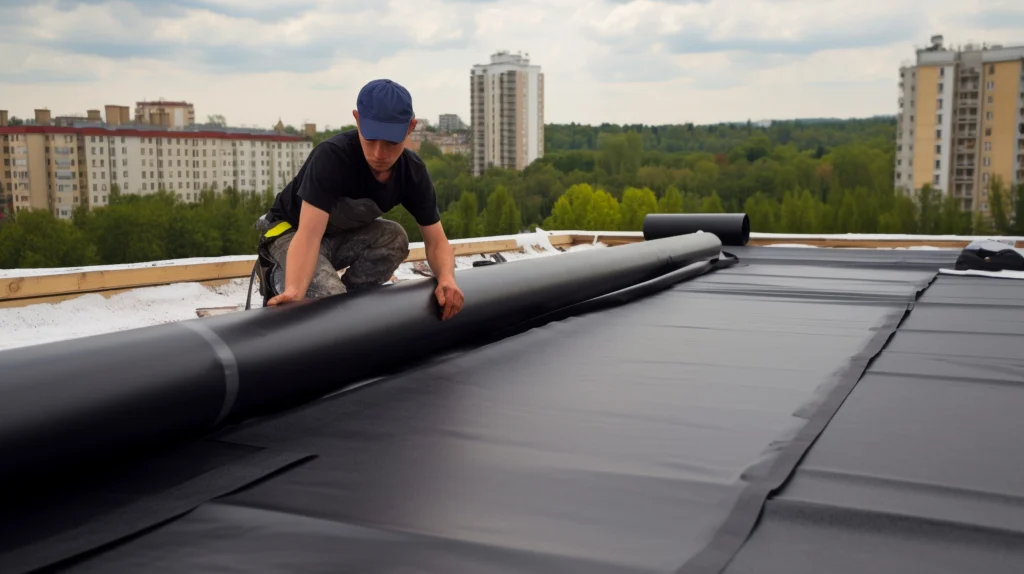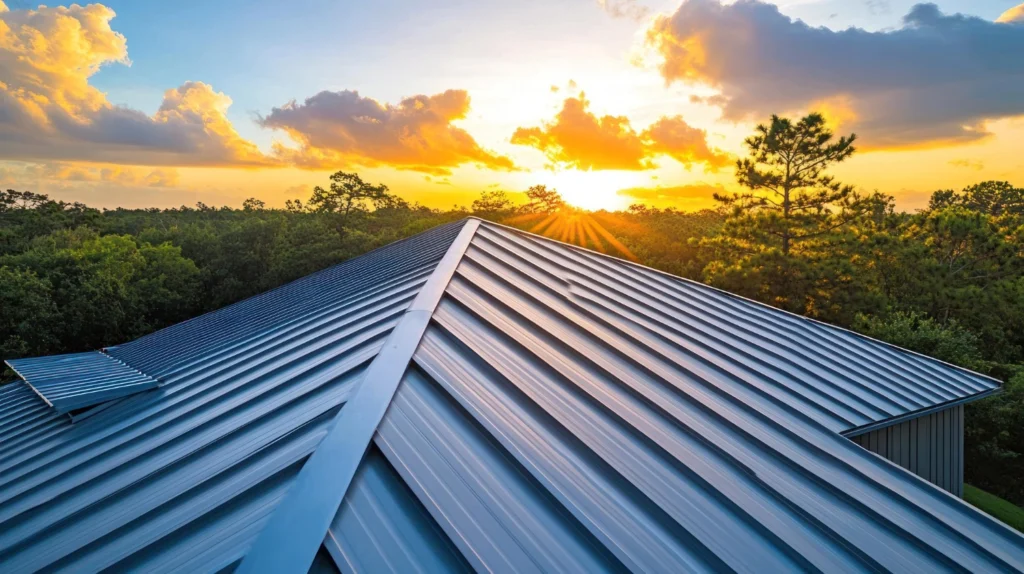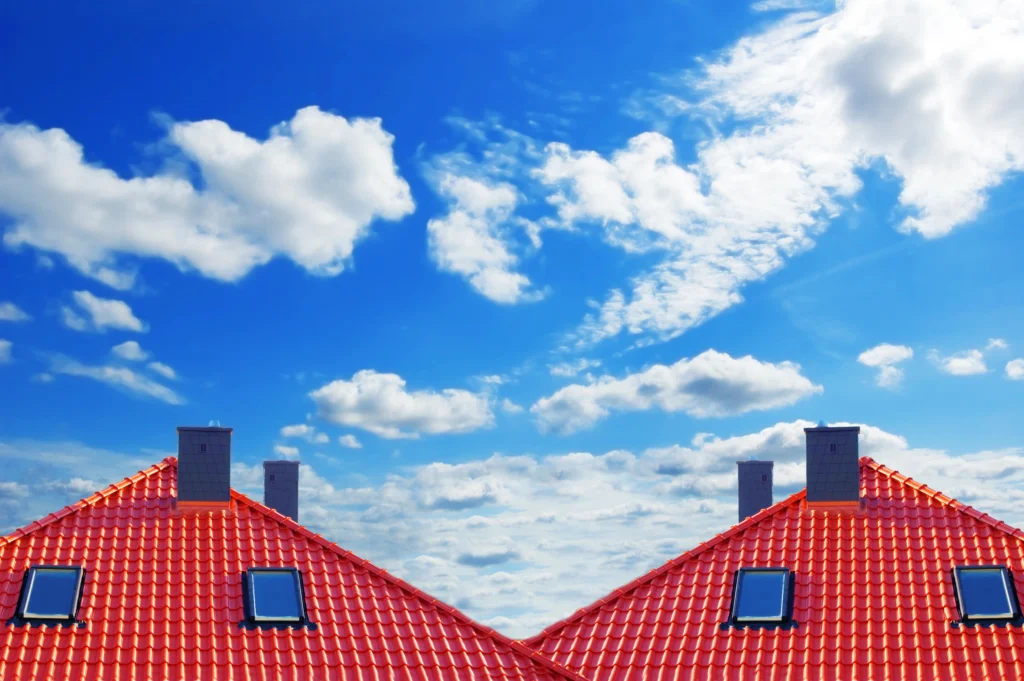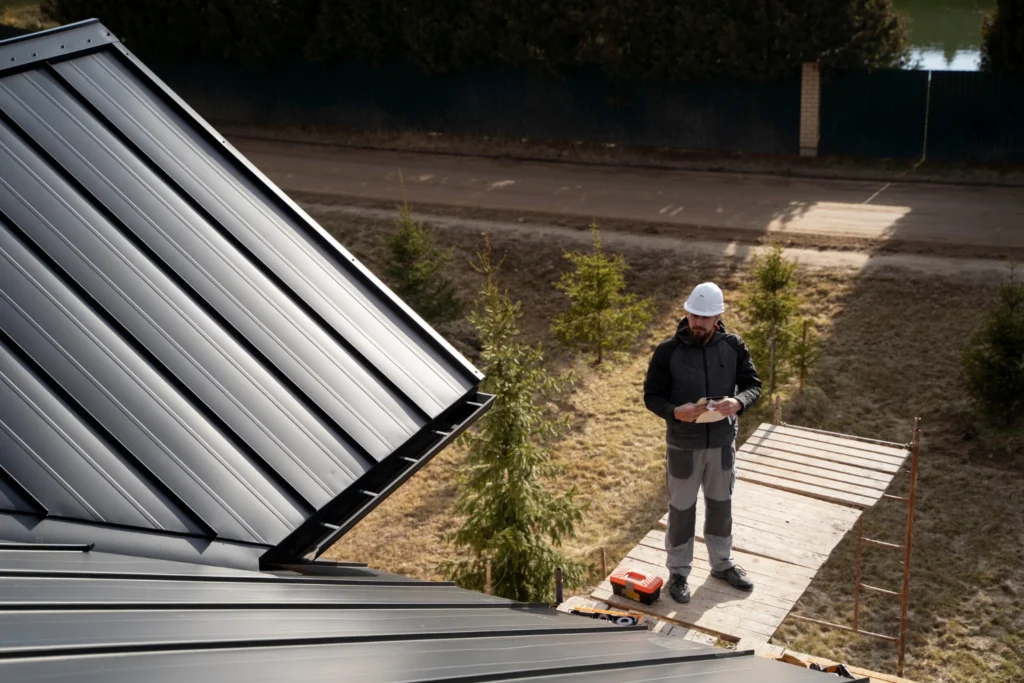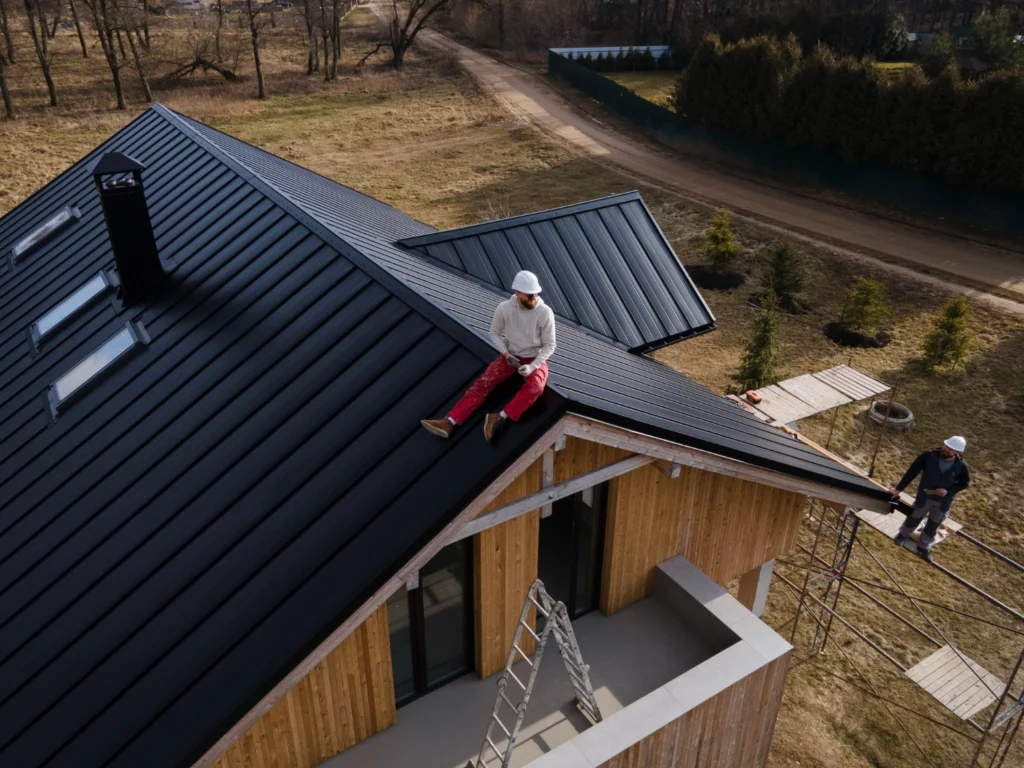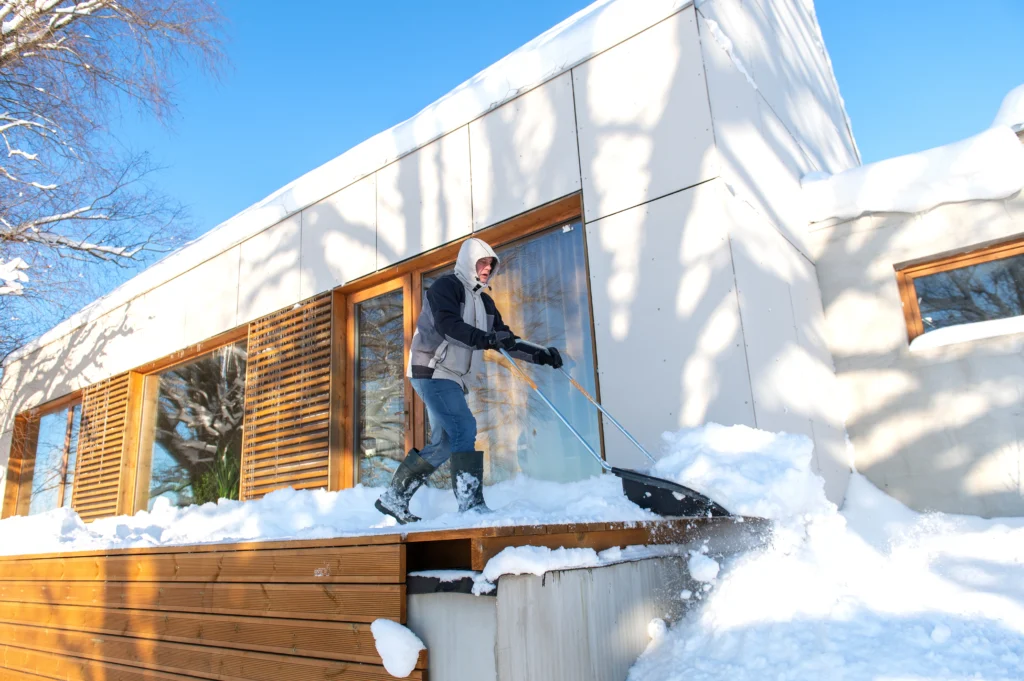If you’re seeking a durable, cost-effective, and versatile solution to protect your roof, rubber roof coatings might be the perfect fit. Whether you need to protect a residential roof, a commercial property, or even an RV, rubber roof coatings are designed to offer superior defense against weather, water damage, and daily wear. This blog will break down the essentials of rubber roofing, its benefits, and how you can choose the right solution for your needs.
What Is a Rubber Roof and How Does It Work?
Rubber roofs are made from synthetic materials like EPDM (Ethylene Propylene Diene Monomer) and butyl rubber. These materials are ideal for flat or low-slope roofs, as they form a strong, seamless surface that prevents water from seeping into your property.
The secret lies in their flexibility, weather resistance, and ability to withstand UV rays. A rubber roof coating is an additional protective layer applied to ensure durability and longevity, sealing any minor cracks or weaknesses and enhancing its overall performance.
A Brief History of Rubber Roofing Materials
Rubber roofing first became popular in the 20th century when the need for economical, durable flat roofing solutions surged. EPDM rubber membranes led this development due to their affordability and ability to function across various climates. Over time, newer materials like liquid butyl rubber emerged, offering greater versatility and ease of application. Meanwhile, TPO (Thermoplastic Polyolefin) became a competitor, providing alternative options for modern roofing.
Applications of Rubber Roof Coatings
Rubber roof coatings can be used in various settings, such as:
- Residential roofing: Ideal for flat roofs or low slopes to protect against leaks and improve energy efficiency.
- Commercial properties: Used in large-scale buildings for durability and reduced maintenance.
- RVs and mobile homes: Perfect for travelers who need long-lasting protection against weather and wear.
Why Are Rubber Roof Coatings Growing in Popularity?
Rubber roof coatings are surging in demand because they offer practical and economic benefits:
- Cost-effective protection: Their longevity makes them a smart investment.
- Waterproofing and UV resistance: Excellent for shielding roofs from extreme weather conditions.
- Eco-friendly options: Some materials, like EPDM, have sustainable manufacturing processes and contribute to energy efficiency.
- Versatility: Suitable for a wide range of roofs and customization needs.
Types of Rubber Roofing Materials
EPDM Rubber Roofs
- Features: EPDM is a synthetic rubber membrane that’s lightweight, durable, and easy to apply.
- Use cases: Widely used for flat and low-slope roofs in both residential and commercial applications.
- Benefits:
- Resistant to UV rays and extreme weather
- Affordable compared to other roofing systems
- Easy to repair with proper coatings
Liquid Butyl Rubber
- Features: Butyl rubber is highly flexible and ideal for sealing. Available in liquid form, it adapts easily to surfaces.
- Use cases: Frequently used for RV roof repairs and sealing cracks.
- Benefits:
- Highly elastic and adheres well to different surfaces
- Excellent waterproofing and durability
- Perfect for quick and DIY-friendly repairs
TPO Roofing System Comparison
While TPO (Thermoplastic Polyolefin) is gaining popularity in the roofing industry, it differs from rubber roofing. TPO typically involves a blend of plastic and rubber components, offering superior energy efficiency but often at a higher cost.
Material Comparison EPDM vs Butyl Rubber vs TPO
| Material | Durability | Cost | Best Uses |
| EPDM | Excellent | Affordable | Residential and commercial |
| Liquid Butyl Rubber | Highly flexible | Mid-range | RVs and sealing cracks |
| TPO | Energy-efficient | Higher | Commercial with rigorous energy demands |
Roof Coating Costs and Buying Considerations
How Much Does Rubber Roof Coating Cost?
- EPDM coatings:
- Coverage of a 5-gallon pail may range from $250–$300, depending on the brand and quality.
- Liquid butyl rubber:
- On average, a 5-gallon bucket sells for $350–$400 due to its versatility and application ease.
What Size or Coverage Do I Need?
- Coverage estimates:
- A single 5-gallon pail typically covers around 250 square feet, perfect for small roofs and RVs.
Maximizing ROI
Selecting durable coatings like EPDM or liquid butyl rubber ensures protective performance and cost savings in repairs and maintenance over time.
Application Process and Roof Protection Tips
Applying Rubber Roof Coatings
- Preparation:
- Clean the surface thoroughly to remove dirt and debris.
- Tools required:
- Rollers, brushes, and specialized cleaning solutions.
- Application timelines:
- Most coatings take a few hours to apply and require 24–48 hours to fully cure.
Protecting Roofs for All Climates
Rubber coatings are storm- and UV-resistant, performing well under weather conditions like heavy snow or rain. Using a reflective coating can also improve energy efficiency in hotter climates.
Frequently Asked Questions
What is the lifespan of a rubber roof coating?
- Lifespans vary but generally range from 10 to 25 years with proper maintenance.
Can I apply these coatings myself?
- Yes, liquid butyl coatings, in particular, are DIY-friendly. However, professional installation is recommended for large projects.
Is a coating a substitute for full roof replacement?
- Coatings can extend the life of your roof significantly, but won’t replace a failing roof structure.
Should I choose EPDM, butyl rubber, or TPO?
- Choose based on your needs. For affordability, opt for EPDM. For flexibility and repairs, liquid butyl rubber is ideal.
Look to the Future
With innovations in solar integration and eco-friendly production, the future of rubber roof coatings is bright. Materials like EPDM are being adapted to support green energy and sustainable building goals.
Rubber Roof Coatings Protect and Save
Rubber roof coatings have revolutionized how we protect homes, businesses, and RVs. Combining affordability, durability, and adaptability, options like EPDM and liquid butyl rubber can suit any property and weather condition.
If you want to take the next step in roof protection, schedule a free consultation with Miller’s Roofing today. With years of expertise in rubber roof coatings, we’ll help you find a solution tailored perfectly to your needs.


